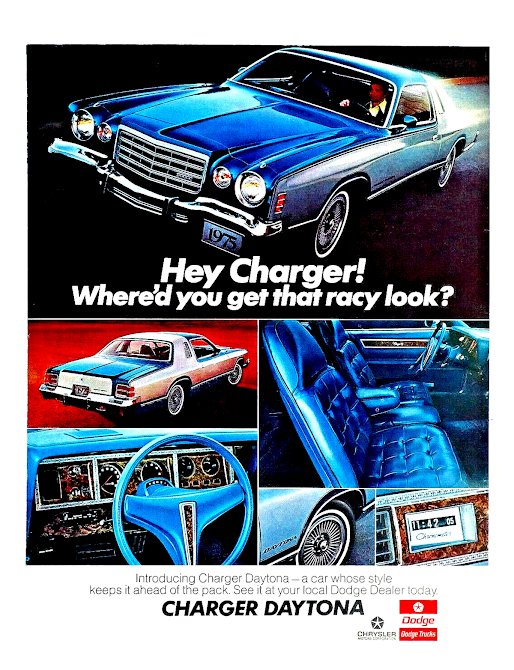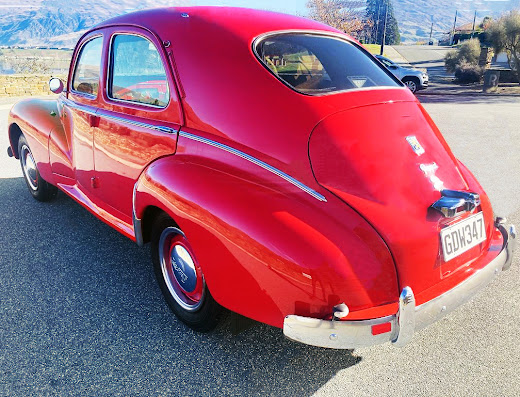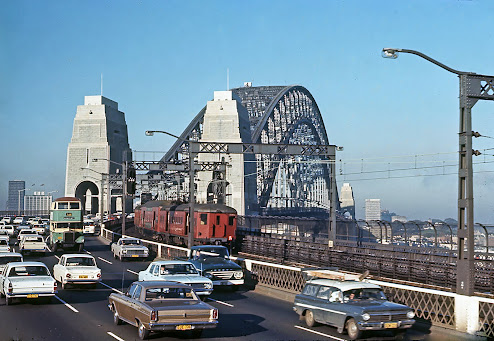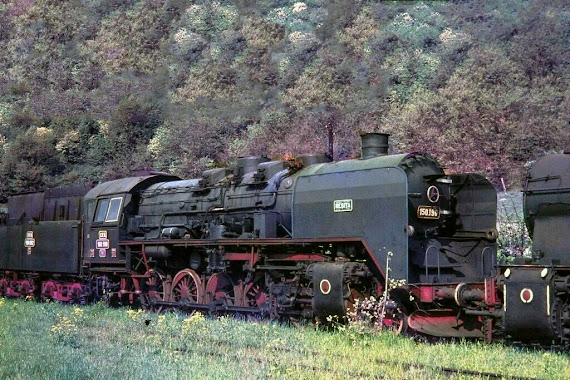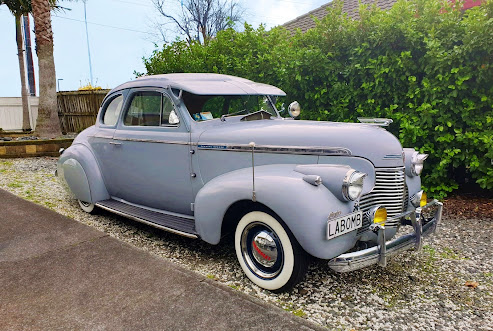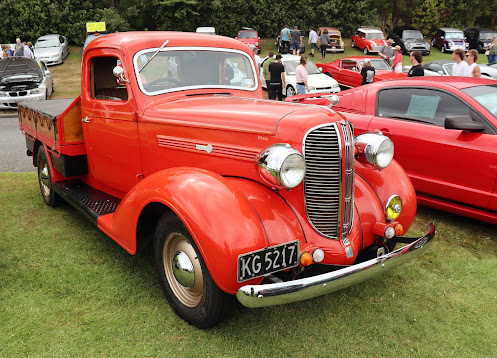Promo art, one assumes.
from Wikipedia:-
Pegaso (Spanish pronunciation: [peˈɣaso], "Pegasus") was a Spanish manufacturer of trucks, buses, tractors, armored vehicles, and, for a while, to train apprentices, and have a good brand image, some sports cars. The parent company, Enasa, was created in 1946 and based in the old Hispano-Suiza factory, under the direction of the renowned automotive engineer Wifredo Ricart. In 1990, Iveco took over Enasa, and the Pegaso name became a secondary brand of Iveco.Enasa, a state-owned company, had its main business interest in the truck and bus market. Pegaso became one of the leading European industrial vehicle makers, with significant exports to both Europe and Latin America; the Benelux, Venezuela, and Cuba were its major foreign markets, and a substantial contract to supply tactical trucks to the Egyptian Army was signed in the late 1970s.
The main Enasa factories were located in Barcelona, Madrid, and Valladolid. Between 1946 and 1990, Pegaso built more than 350,000 vehicles; the highest production in a single year, over 26,000, was achieved in 1974.

